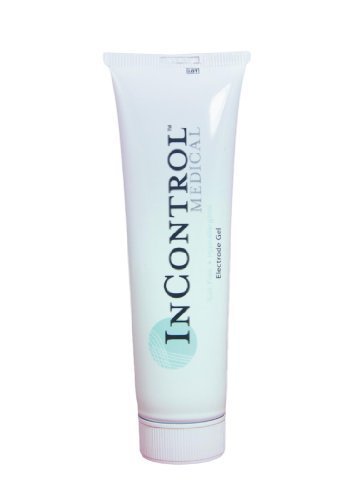

Some meta-analyses have investigated potential bias from TAU heterogeneity. Another concern is that this variability in TAU introduces bias in meta-analyses which use TAU to indirectly compare different treatment approaches. One resulting concern is that the results of TAU-controlled trials are difficult to interpret because it remains unclear whether benefits of new treatments are due to “specific treatment ingredients or to nonspecific factors” or “simply to the fact that participants in that condition actually got treatment”.

In addition, the nature of treatments received in TAU is often unclear because TAU is neither standardized nor monitored. The most important issue is that the treatments provided in TAU vary substantially across trials, ranging from current best practice treatments to minimal services, to substantial shares of participants receiving no treatment at all. ĭespite the widespread use of TAU, several methodological commentators have voiced concerns that their use is problematic. While control groups like waiting list (WL) or psychological placebo control for spontaneous remission and/or nonspecific effects, the concept of TAU is to additionally indicate if a new treatment is as good or better than current standard treatments (i.e., the comparative efficacy of new treatments). In TAU – sometimes referred to as care as usual, standard care, or routine care – participants receive existing treatments accessible in their community or health care system. According to a recent systematic review, treatment as usual (TAU) is the most frequently used control/comparison group in trials of psychotherapy for depression. New or improved treatments have to demonstrate their efficacy, typically by being tested in a randomized controlled trial, where they are compared to one of several control groups and/or an alternative treatment. However, findings of a substantial proportion of nonresponders to psychotherapy, of a high risk for relapse for some subgroups, and of limited access to psychotherapy necessitate further research efforts on how existing treatment approaches can be improved and supplemented. Psychotherapy is a first-line specialized treatment for depressive disorders according to treatment guidelines, and has a large database that documents its efficacy. More scrutiny in the design of control groups for clinical trials is recommended. Conclusions: Our results suggest that variation in TAU intensity impacts the outcome of trials. Psychotherapy effects against lower intensity TAU did not differ from effects against WL (two-sided p = 0.663).

Psychotherapy effects were significantly smaller (one-sided p = 0.002) in trials with higher intensity TAU (SMD = 0.324, CI 0.209 to 0.439) than in trials with lower intensity TAU (SMD = 0.628, CI 0.455 to 0.801).
Incontrol intensity trial#
Control group intensity predicted trial results in preregistered (one-sided ps < 0.042) and exploratory analyses. Results: We included 89 trials randomizing 14,474 patients to 113 psychotherapy conditions and 89 control groups (TAU in 42 trials, WL in 47 trials). Primary outcome: Standardized mean difference (SMD) of psychotherapy and control in depressive symptoms at treatment termination. Six indicators were used to assess control group intensity.

Methods: We conducted a preregistered meta-analysis (We included trials comparing psychotherapy with TAU or WL in patients with symptoms of unipolar depression. Objective: We investigated the impact of control group intensity (i.e., amount and degree to which elements of common depression treatments are provided) on the effects of face-to-face and internet-based psychotherapy for depression. Concerns have been raised that the heterogeneity of treatments in TAU leads to biased estimates of psychotherapy efficacy and to an unclear difference between TAU and control groups like waiting list (WL). Introduction: Treatment as usual (TAU) is the most frequently used control group in randomized trials of psychotherapy for depression.


 0 kommentar(er)
0 kommentar(er)
